According to information kept at the pagoda and through the stories of the elders, Am pagoda is now more than 300 years old, stands out with its unique architecture and still preserves many precious artifacts. The pagoda is located on a high, wide mound in the middle of a low-lying field called Am mound. Son Dong people still compare the pagoda to a lotus flower and the entrance to the village gate to the stem of a lotus, always blooming in the middle of a low-lying pond but still fragrant with flowers surrounding the villagers of Quan Tu...
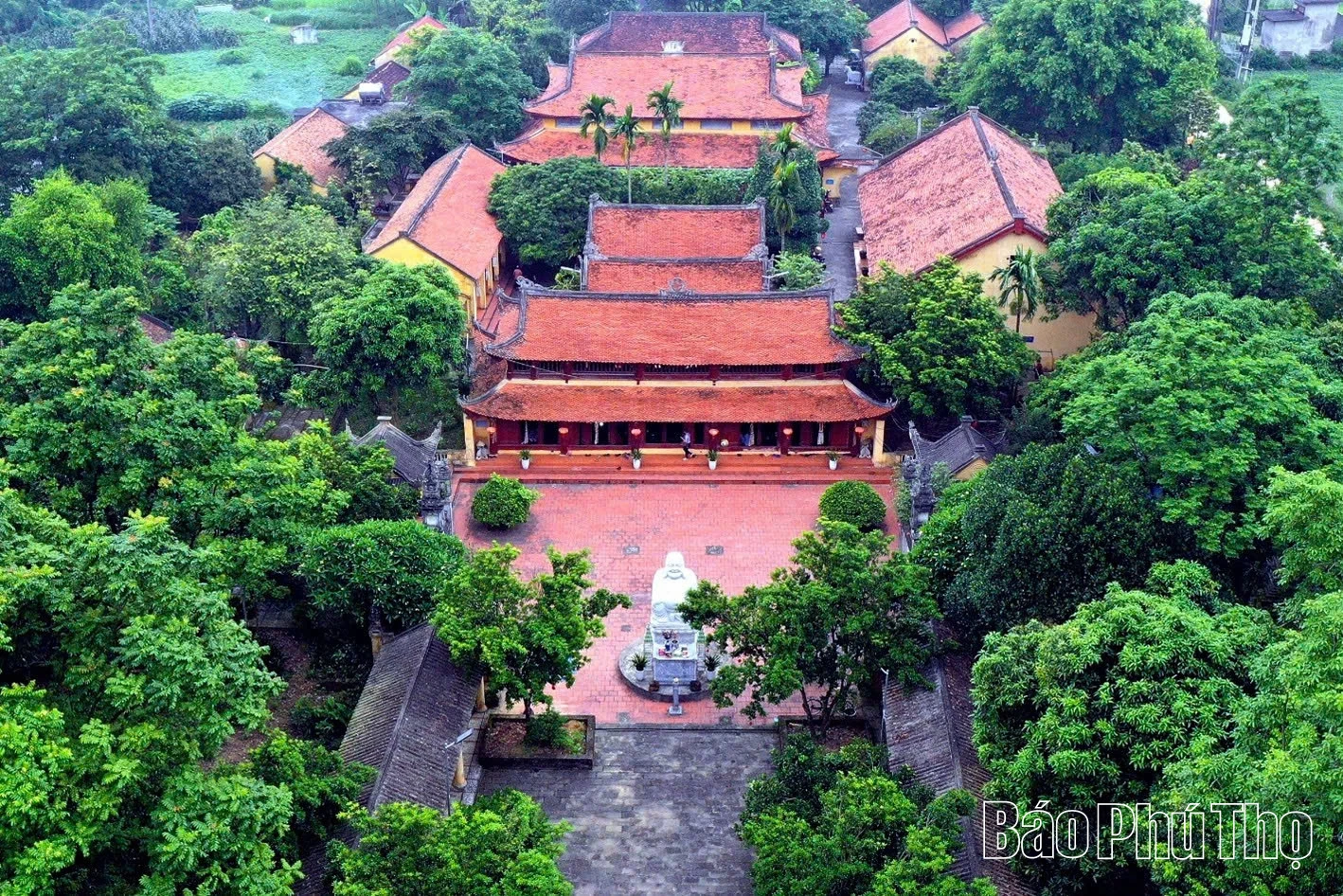
Panorama of Am Pagoda today
On the stone incense tree erected in the middle of the Am pagoda's yard, there is an inscription "Huong Chuc Bao Dai" which clearly states that the pagoda was built in the year of Binh Ty (1696) and completed in the year of Canh Dan (1710).
Standing from afar, you can see the Tam Quan temple gate facing the east gate of Quan Tu village. In front of the Tam Quan gate is a square brick-paved yard. The Tam Quan gate is built in the shape of the letter "Mon" with 3 rooms and 2 wings. From the yard to the Tam Quan gate's foundation, there are three steps. On the upper floor, there are bronze bells and bronze gongs with historical value and sculptures dating back hundreds of years.
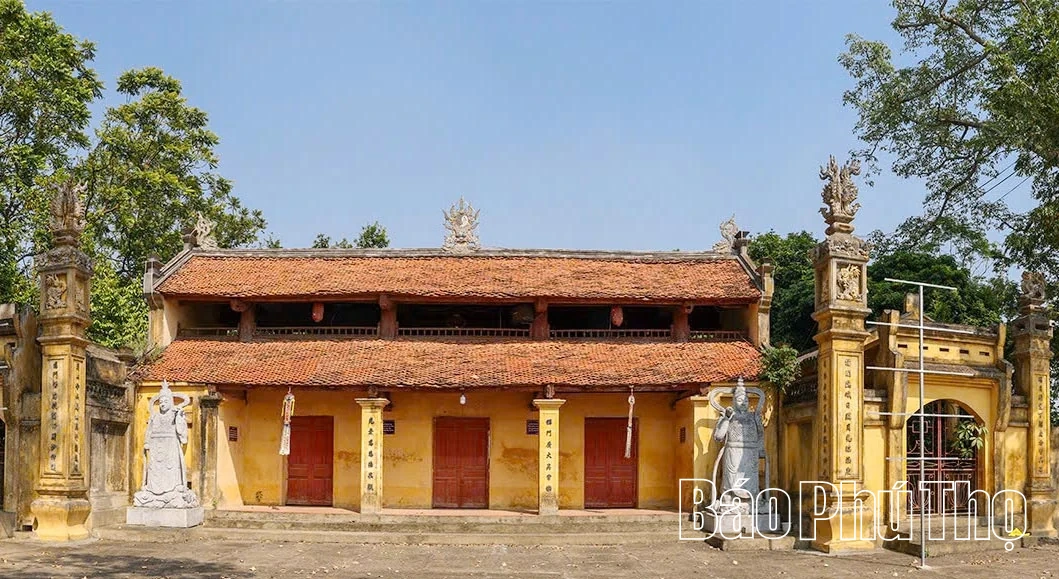
The three-door gate of Am Pagoda has an ancient and majestic appearance.
The main area of the pagoda consists of 3 buildings built in the shape of the letter "Tam": The worshiping hall consists of 5 compartments and 2 wings with a 2-story roof architecture, creating an airy and spacious feeling for the pagoda roof. This is also the building with the most beautiful and largest architecture in the entire Am pagoda complex.
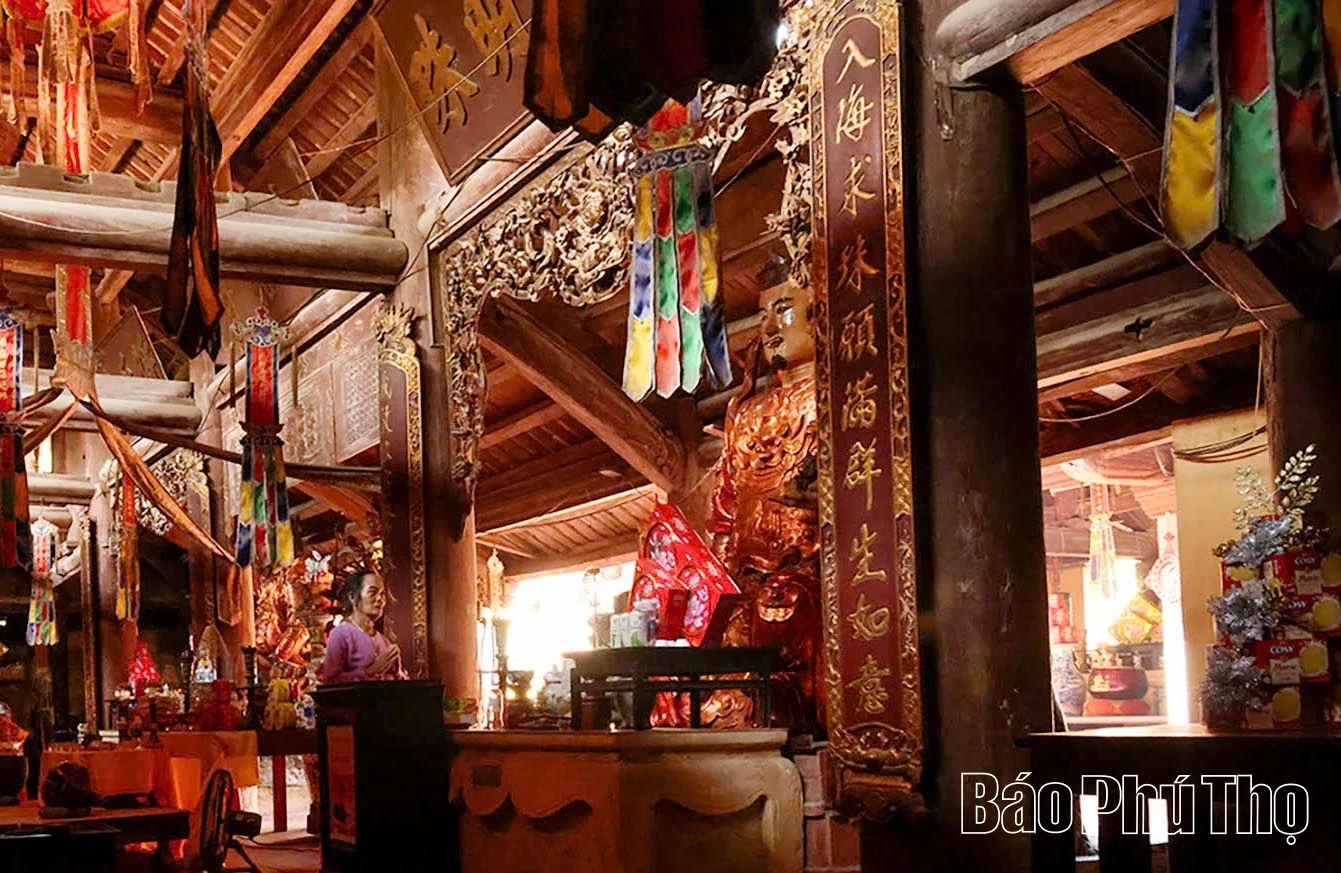
The large inscriptions and many precious artifacts are still preserved in this ancient temple.
The main pagoda has a system of 28 columns combined with a system of high and low beams in the folk style, creating a sturdy frame supporting 2 wide-spreading roofs. The central room hangs a large red-lacquered plaque " Vinh Phuc Tu" made under the reign of King Bao Dai. This is also the name of the pagoda that people still call Am Pagoda.
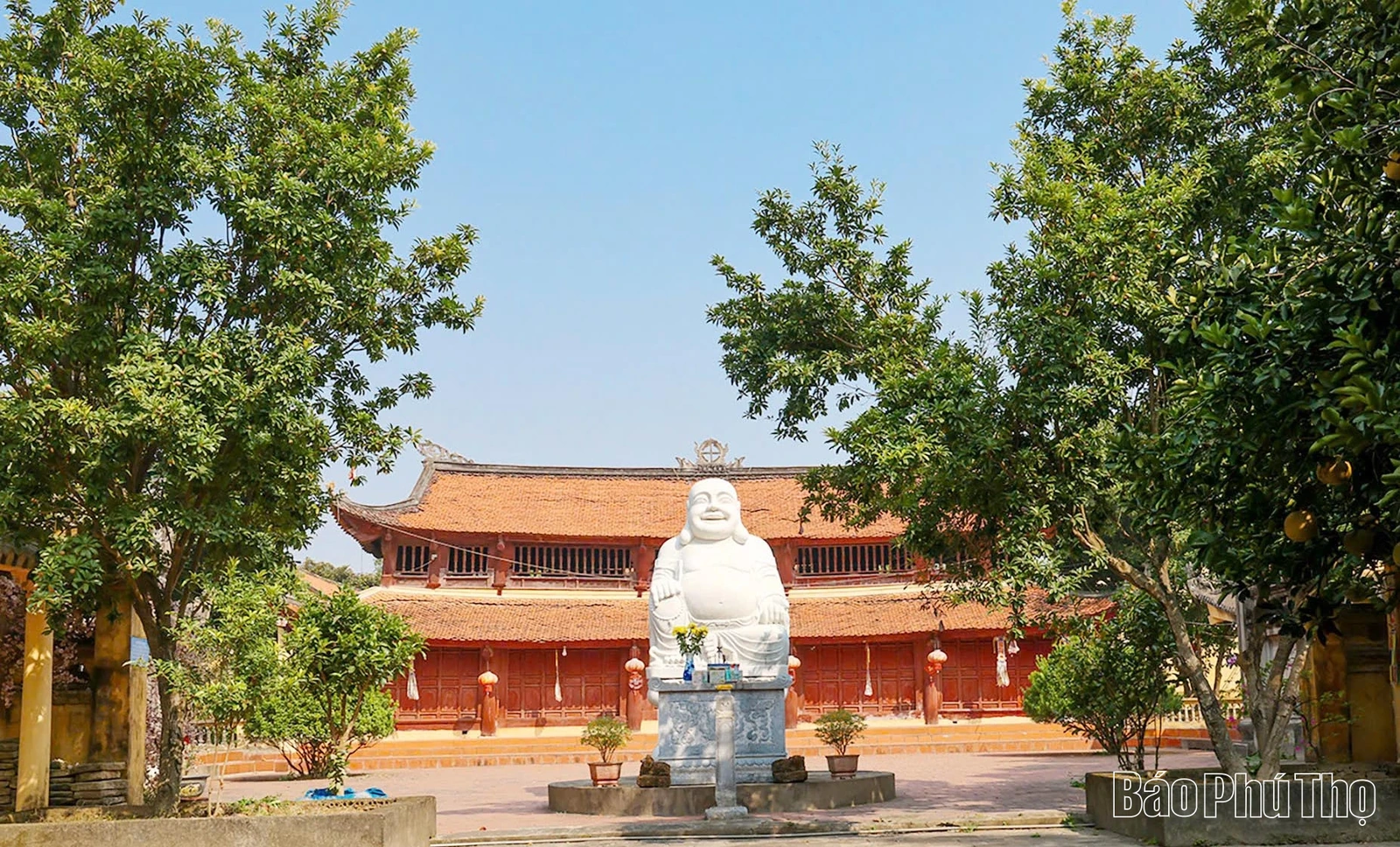
The main pagoda was built with a solid architecture and has a large red lacquered plaque "Vinh Phuc Tu" from the Nguyen Dynasty.
The most unique thing about Am Pagoda is not only that it is a large, majestic temple with beautiful scenery, but also that it is a place where many religions and beliefs converge. This is shown through the system of altars and Buddha statues that still exist in the temple.
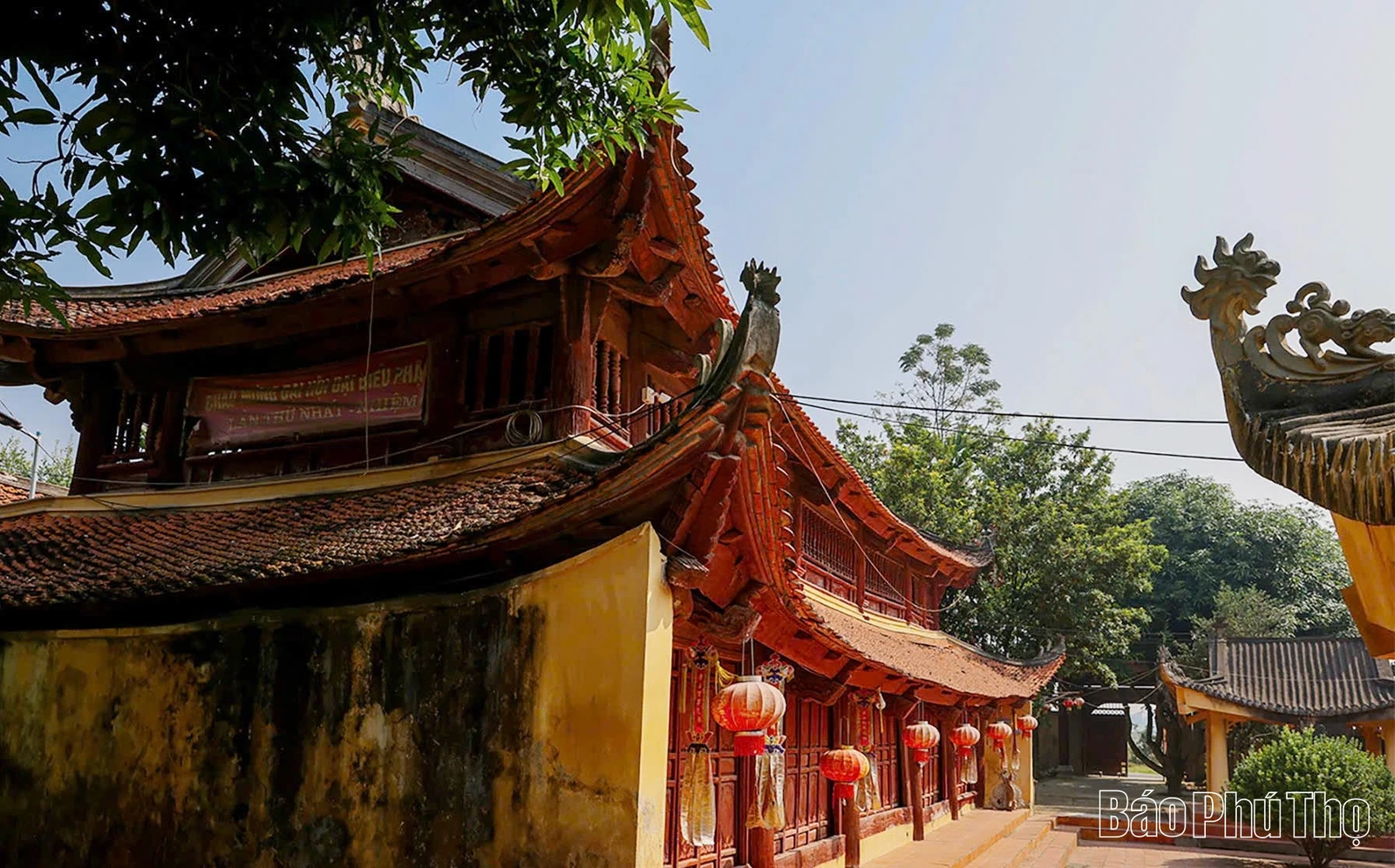
The knife heads have beautiful and ancient architecture over the years.
According to statistics, Am Pagoda is currently preserving 31 ancient statues with a variety of shapes and materials, made of wood or clay. There are not only Buddha statues but also angels, human gods and lucky gods. Each statue has a different shape and size, but all clearly show its function and position when placed in the pagoda.
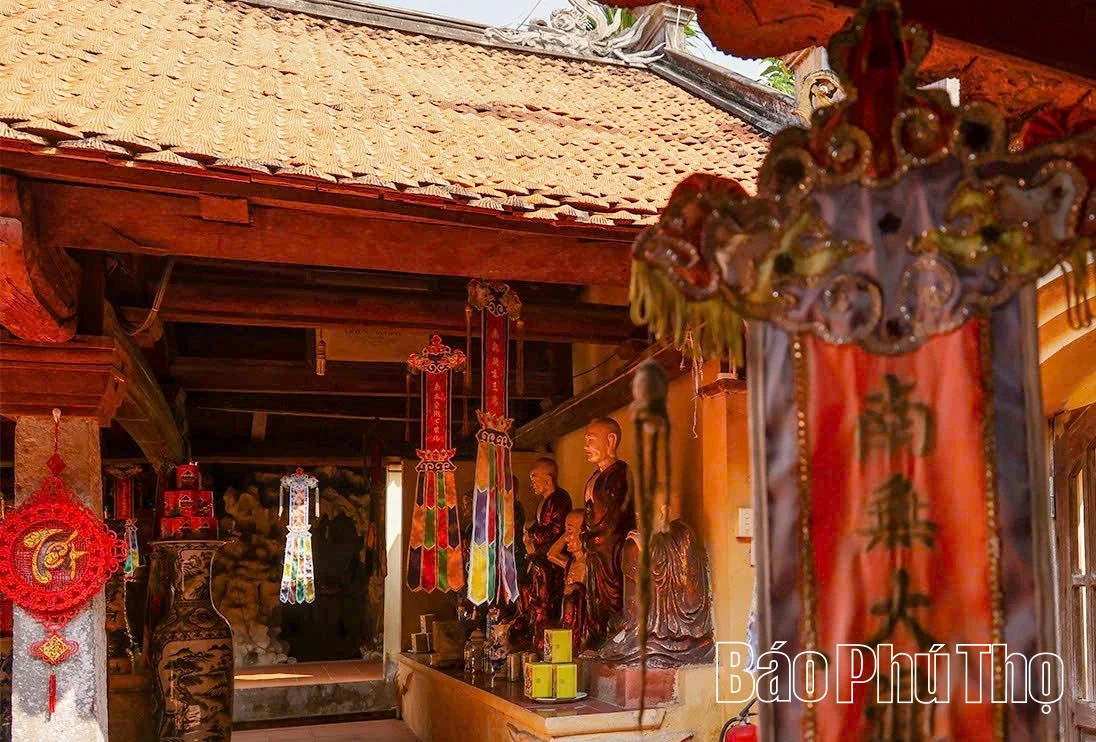
The system of ancient statues rich in style and material is currently worshiped in the temple.
Through hundreds of years of history, through many ups and downs, rain and sunshine, this place has become a spiritual and cultural activity place for the people of Quan Tu village and is still preserved and protected by the people for the landscape as well as the artifacts in the temple; it is a destination for visiting and practicing beliefs for tourists from near and far.
Royal Association
Source: https://baophutho.vn/chua-co-hon-300-nam-tuoi-dang-luu-giu-nhieu-hien-vat-quy-241775.htm




![[Photo] Hue: Inside the kitchen that donates thousands of meals a day to people in flooded areas](https://vphoto.vietnam.vn/thumb/1200x675/vietnam/resource/IMAGE/2025/10/29/1761738508516_bepcomhue-jpg.webp)

![[Photo] Prime Minister Pham Minh Chinh chaired a meeting to discuss solutions to overcome the consequences of floods in the central provinces.](https://vphoto.vietnam.vn/thumb/1200x675/vietnam/resource/IMAGE/2025/10/29/1761716305524_dsc-7735-jpg.webp)
![[Photo] Prime Minister Pham Minh Chinh chaired a meeting to evaluate the operation of the two-level local government model.](https://vphoto.vietnam.vn/thumb/1200x675/vietnam/resource/IMAGE/2025/10/29/1761751710674_dsc-7999-jpg.webp)
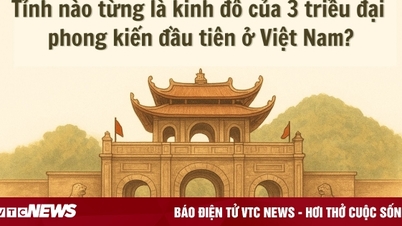

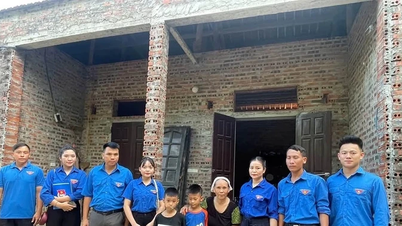



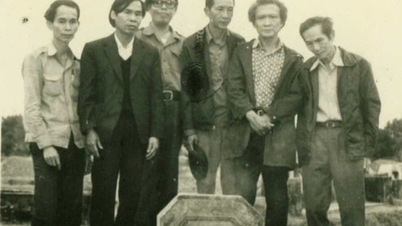





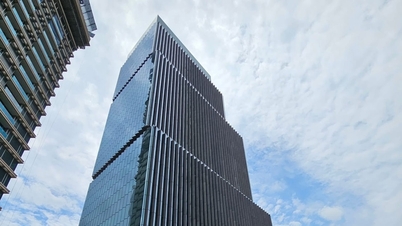









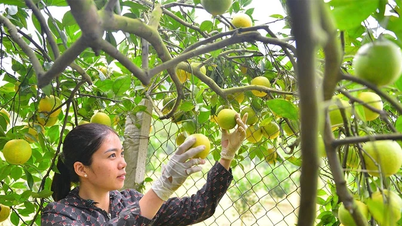
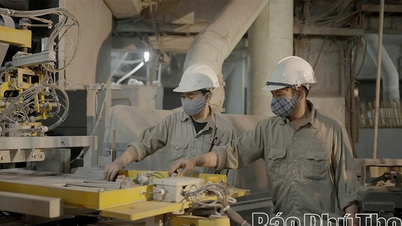

















































![[Live] Concert Ha Long 2025: "Heritage Spirit - Brightening the Future"](https://vphoto.vietnam.vn/thumb/402x226/vietnam/resource/IMAGE/2025/10/29/1761743605124_g-anh-sang-am-thanh-hoanh-trang-cua-chuong-trinh-mang-den-trai-nghiem-dang-nho-cho-du-khach-22450328-17617424836781829598445-93-0-733-1024-crop-1761742492749383512980.jpeg)














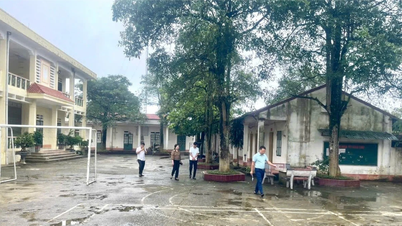















Comment (0)